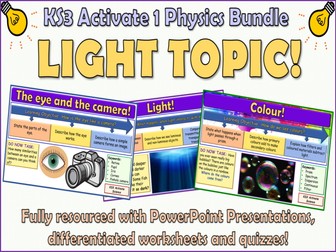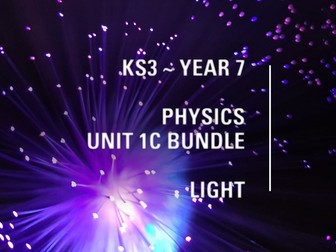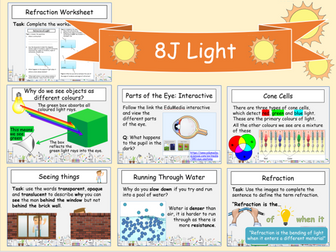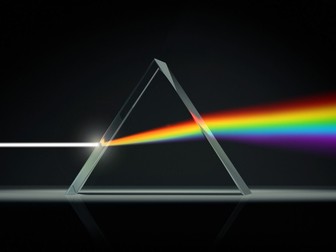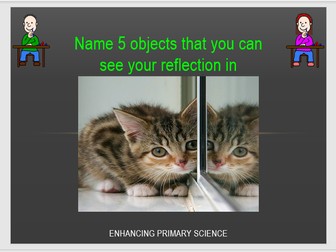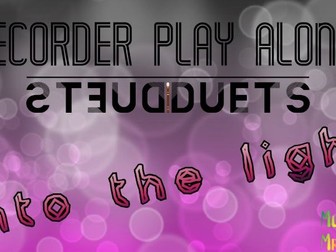Bundle

Bundle: Light Topic
Complete No-Prep lessons with exam questions, tasks and answers for the Light topic for AQA GCSE (9-1) Science / Physics. Please note - all of the resources in this bundle are also in the Waves Topic bundle, so please do not purchase this bundle if you have bought (or intend to buy) my Waves topic bundle too!
As a Secondary Science teacher, Deputy Headteacher, writer and examiner for many years I make high quality no-prep lessons so busy teachers can teach outstanding lessons without spending hours planning. This high quality lesson includes explanations, different types of in-lesson assessment (all with answers) and unique exam questions.
My lessons are ideal for non-Physicists - as a Biologist who retrained as a Physics teacher I know how to take learners on a journey that builds up their understanding step by step, while still going into a lot of depth. The preview videos show a representative sample of slides from each resource so that you get a good idea of what it includes before you buy.
Lessons:
Reflection of Light
Refraction of Light
Physics Required Practical 9 - Reflection and Refraction
Convex Lenses + worksheet
Concave Lenses and Magnification
Visible Light and Colour (transparent, translucent, opaque, filters)
Note: All of the lessons were written for the exam specification Waves topic and are included in bundles for that topic as well. As some schemes of work prefer to teach this topic separately this bundle is just the lessons relating to light and have been written so that they can be taught as either part of the “waves” topic or as a separate “light” topic.
Each no-prep full lesson resources lesson contains:
Teaching notes
Starter / Do Now Activity
Explanation slides in “chunked” sections with animated diagrams.
Multiple questions in different question styles and difficulties - no need for worksheets. Each “chunked” explanation section typically includes a set of “learning check / quick questions” followed by a set of in-depth questions on the learning from that “chunk” of the lesson. All questions have answers.
Exam-style questions on the whole lesson at the end of the lesson- these are unique, based on real exam questions but not just copied from exam boards.
Answers for all questions
All easily editable to adapt to your teaching or to use in existing lessons.
Written for AQA GCSE Science / Physics but likely to be applicable to other exam specifications.



